If I was you, I would use the Unix port.
The problem with the images in the printer demo is that they are only available as C source files. In order to get images that you can use with Python you have to convert these source files into binary image data or into .png files. The way I do this is to add a piece of code to the C source files, writing the pixel information to a binary image file in argb8888 format (32 bits: r,g,b,opacity). I then compile this modified code and run it. Like this I get the image file that I can use in Micropython. I also have a little (Python) conversion program that converts this argb8888 files into bmp file which you can open with gimp and therefore convert the image into a png file.
There is also a simple Python program that opens the argb8888 file and displays its contents as an image.
You can find all this under
In the MicroPython lv_examples you will find examples on how to use the image files (arg8888 or .png). Have a look under the img or imgbtn widgets.
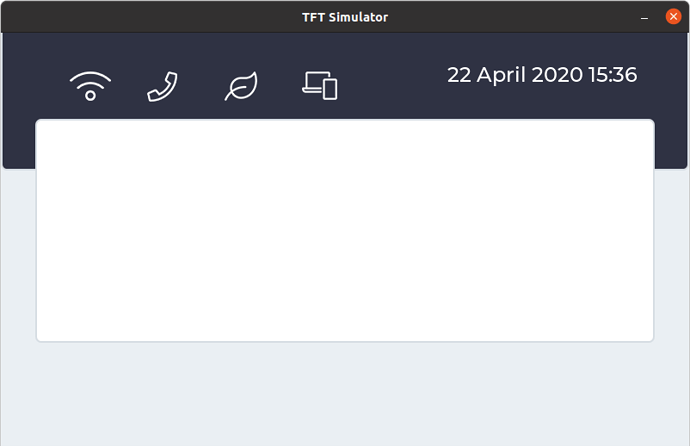

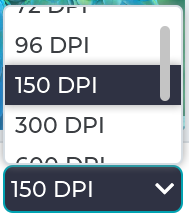
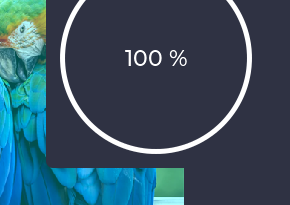
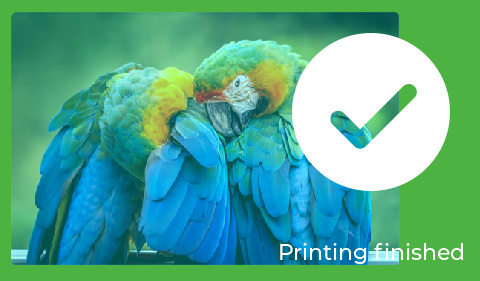

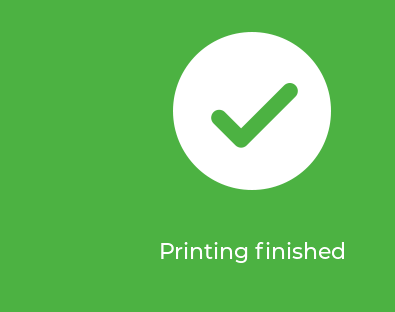

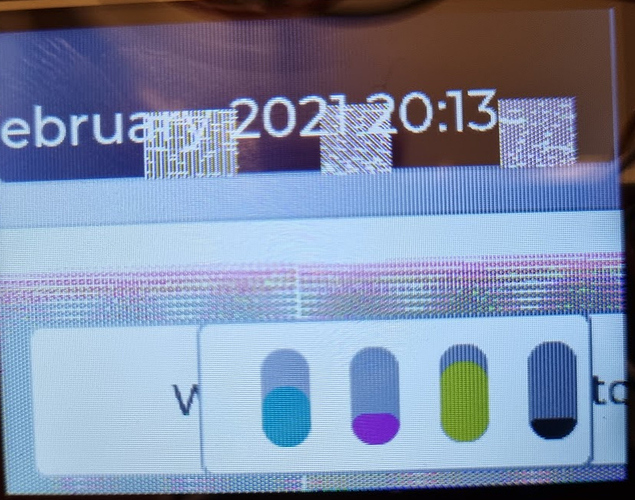

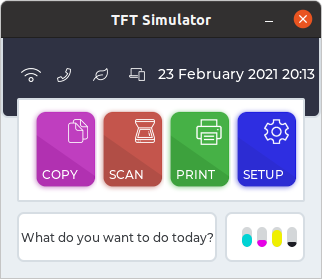
 I can build a unix port and use the REPL but I have no idea where to add the lv_examples repo or the py files and how to feed them to micropython.
I can build a unix port and use the REPL but I have no idea where to add the lv_examples repo or the py files and how to feed them to micropython.